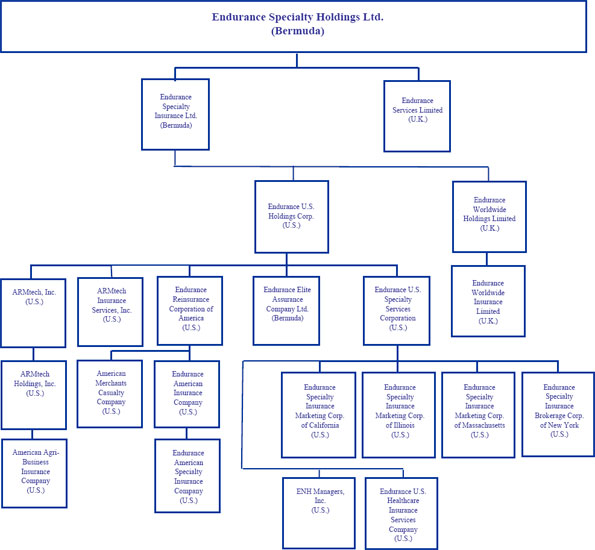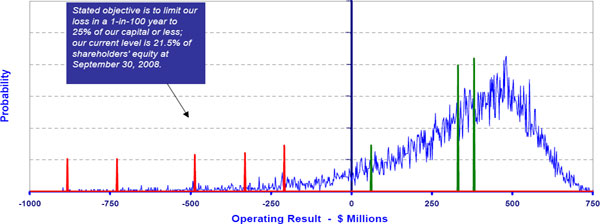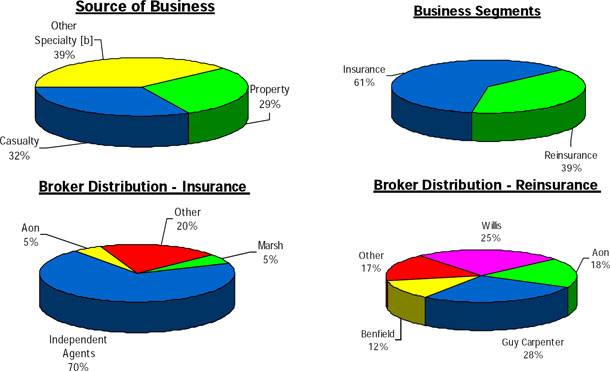ENDURANCE SPECIALTY HOLDINGS LTD.
REGULATION G
In presenting the Company’s results, management has included and discussed certain non-GAAP measures. Management believes that these non-GAAP measures, which may be defined differently by other companies, better explain the Company’s results of operations in a manner that allows for a more complete understanding of the underlying trends in the Company’s business. However, these measures should not be viewed as a substitute for those determined in accordance with GAAP.
Operating (loss) income is an internal performance measure used by the Company in the management of its operations. Operating (loss) income represents after-tax operational results excluding, as applicable, after-tax net realized capital gains or losses and after-tax net foreign exchange gains or losses because the amount of these gains or losses is heavily influenced by, and fluctuates in part, according to the availability of market opportunities. The Company believes these amounts are largely independent of its business and underwriting process and including them distorts the analysis of trends in its operations. In addition to presenting net (loss) income determined in accordance with GAAP, the Company believes that showing operating (loss) income enables investors, analysts, rating agencies and other users of its financial information to more easily analyze the Company’s results of operations in a manner similar to how management analyzes the Company’s underlying business performance. Operating (loss) income should not be viewed as a substitute for GAAP net (loss) income. Please see page 32 for a reconciliation of operating (loss) income to net (loss) income.
Return on Average Equity (ROAE) is comprised using the average common equity calculated as the arithmetic average of the beginning and ending common equity balances for stated periods. Return on Beginning Equity (ROBE) is comprised using the beginning common equity for stated periods. The Company presents various measures of Return on Equity that are commonly recognized as a standard of performance by investors, analysts, rating agencies and other users of its financial information.
Investment yield is provided by the Company’s investment managers and is calculated by dividing net investment income by average invested assets at amortized cost. The Company utilizes and presents the investment yield in order to better disclose the performance of the Company’s investments and to show the components of the Company’s ROE.
The Company has included diluted book value per common share because it takes into account the effect of dilutive securities; therefore, the Company believes it is a better measure of calculating shareholder returns than book value per common share. Please see page 34 for a reconciliation of diluted book value per common share to basic book value per common share.

36




